The carrier's CEO announced the news in the hours after the V30's reveal event. Plenty of details remain to be known at this early stage.
The post Sprint does one better with announcement of LG V30+ carriage appeared first on Pocketnow.
The carrier's CEO announced the news in the hours after the V30's reveal event. Plenty of details remain to be known at this early stage.
The post Sprint does one better with announcement of LG V30+ carriage appeared first on Pocketnow.
We now know what approximate retail value the LG V30 will have when it becomes available later this fall in the US. Then again, it's all free to us.
The post Win a V30 direct from LG USA Mobile! Also, how much will it usually cost? appeared first on Pocketnow.
Apple's take on augmented reality (AR) is poised to launch with iOS 11 soon, and we're finally seeing what that means for the iPhone and iPad thanks to ARKit.
While the rest of the mobile industry is obsessed with creating virtual reality (VR) experiences to replace your world, Apple is focusing on augmented reality, which overlays virtual graphics on top of your existing environment.
Think Pokemon Go, but not limited to catching monsters in your neighborhood. Ideas are being teased by household names like IKEA, the Food Network and, yes, even the AMC TV show The Walking Dead.
Apple CEO Tim Cook likes to talk about AR's potential during every earnings call we report on, so there's clearly a big push for it on Apple's campus and a lot of excitement from developers.
Here's what this means for you, days before iOS 11 arrives on your iPhone and iPad.
iOS 11 is about to give Apple the largest AR platform in the world – overnight. Its millions of iPhones and iPads are AR-compatible with a simple software update.
Apple created an augmented reality ecosystem within existing hardware instead of trying to invent a new device based around AR, like we've seen with Google Project Tango (though Google did just announce its own ARCore initiative).
It's an instant boon for augmented reality fans and developers alike. Starting out with a giant install base means more games and AR experiences will be made for the iPhone and iPad. No one wants to make AR for a few thousand devices.
We're now seeing the first iPhone and iPad AR demos outside of what was shown at the WWDC 2017 keynote and 'Introduction to ARKit' session in June.
Here are some videos of iPhone and iPad AR games in action, including from demo from The Walking Dead game developer Next Games courtesy of TechCrunch.
Games drive adoption of new technology, as we've seen in the last decade from Blu-ray (PS3) to the App Store (on PhoneOS 2). They'll again do that for AR this year.
But, don't worry, ARKit has already become a platform for more than just games.
IKEA is bringing its furniture to Apple's iOS 11 ARKit sandbox, letting you place virtual items right next to physical objects. How does that sofa look next to your existing chairs? This app can give you some color and size perspective. Remember when people used to hold up tile samples for perspective?
We also really like the fact that storybooks are being brought to life in the form of apps like The Very Hungry Caterpillar AR, and how animated emojis are about to break into your real life with the help of GIPHY World.
As you can see, there are some practical, educational and goofball AR apps planned for iOS 11.
Apple's iOS 11 augmented reality features are compatible with any iPhone and iPad that has an A9 chip or greater, it was announced at Apple's WWDC.
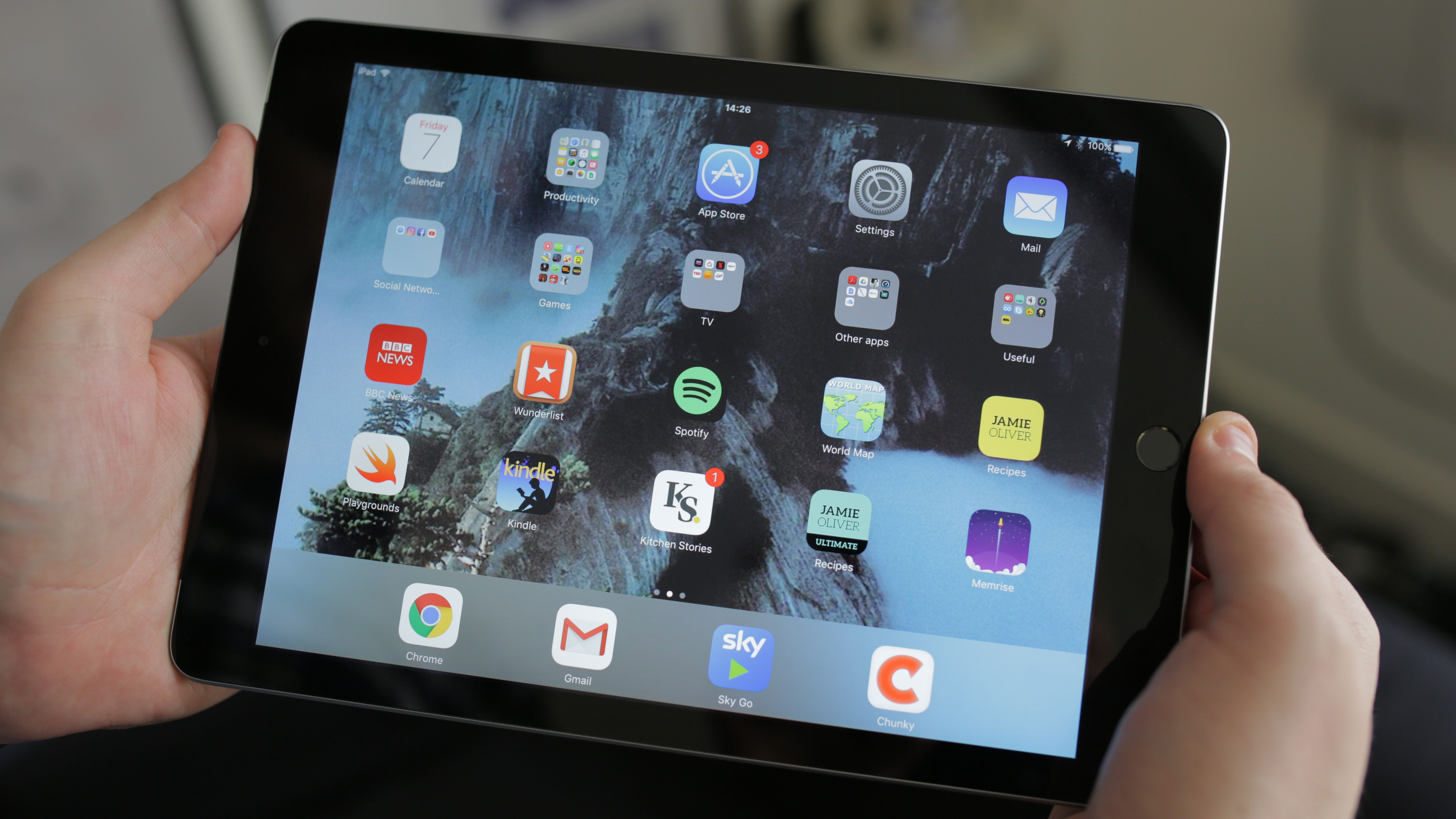
For tablets, that means any Pro tablet or even the new $329 iPad works with AR games and apps, and the iPhone 6S and iPhone 6S Plus works just fine, too.
Best of all, there's no external hardware required. No HTC Vive lighthouses, no Oculus Rift constellation sensors, none of that.
iOS 11 is an exciting jumpstart for mobile AR, and yet its potential far exceeds the existing games and demos we've seen.
That's what should have you most excited about the iOS 11 update.

What could AR's future hold? You could soon be able to find your seats in a crowded stadium with a personalized pathfinder, or track down all of your groceries among a store's many aisles – all by looking through your phone like it's a lens, theorizes veteran Apple analyst Gene Munster.
Solving big problems, and ultimately destroying inane questions of "Where are you?" or "Where do I go?" could be accomplished with an AR dotted line. Apple seems to be on that roadmap, and we'll see its AR vision in a matter of days.
From predictive text to YouTube support, Google is continually making improvements to its keyboard add-on, Gboard.
The latest addition coming to Gboard are two standbys for any fans of illustrating their feelings in a chat: sticker packs and Bitmoji.
Not unlike applications like Facebook Messenger and Google's own Allo, using stickers and Bitmoji is easy: first, you download sticker packs and/or set up a Bitmoji avatar, then link them to Gboard.
From there, stickers and Bitmoji stamps work the same as sprinkling emojis into your text using menu on the bottom of your keyboard, allowing you to sprinkle in cute little reactions, comebacks and more into any app that supports posting images.
At the time of writing, some sticker packs available for Gboard include famous characters and imagery from Google Allo's selfie stickers, Disney, Hello Kitty, Garfield, Star Wars and more.
Gboard's latest features are rolling out now for Android users, and we've contacted Google to learn if iOS users will also be able to get in on this action as well. We will update this story as we learn more.
Well, as mid-range as can be for a €400. It has all the specs it needs to best a predecessor from 2015. Is it priced right, though?
The post Dual cameras, water resistance, Alexa, moderate price tag for Moto X4 appeared first on Pocketnow.
The augmented reality game features Lenovo's mixed-reality hardware expertise in the Mirage headset. Will it become its own thing?
The post Lenovo Mirage is the AR headset that’s part of Star Wars: Jedi Challenges appeared first on Pocketnow.
A couple of years ago the Moto X range was Motorola’s flagship line, and while it suddenly stopped to make room for the Moto Z range it's now back from the dead with the brand-new Moto X4.
Despite being the fourth Moto X, this is no longer the flagship line of phones - leave that to the previously launched Moto Z2 Force and sort of the Moto Z2 Play - but it's still an interesting proposition.
Motorola has just announced the Moto X4 at IFA 2017 and below you can find everything you need to know about the new mid-range handset.
After an IFA 2017 press conference debut, the Moto X4 is set to go on sale around the world in September 2017.
An exact release date for the device is currently unclear, but we know for certain it'll be coming to the US and UK by the end of September. Availability in Australia is currently a little less clear, but we'll be sure to update this article when we know more.
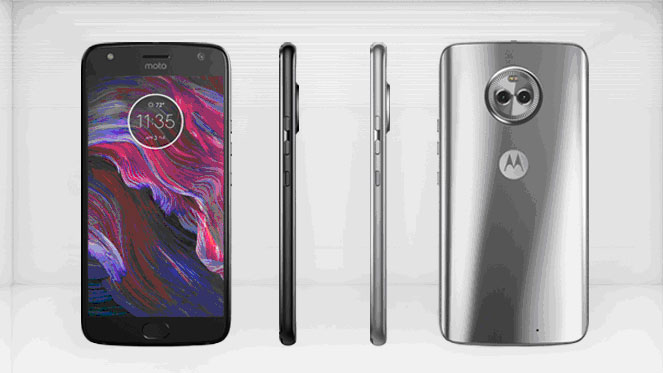
The Moto X4 packs a Full HD resolution 5.2-inch screen, which is a similar setup to other devices Motorola has offered in the past.
For the design, Motorola has followed suit of the Honor 9 and HTC U11 with a glass, reflective back that dazzles in bright light. It's an interesting design choice and is a very different choice compared to the Moto Z2 Force or Moto G5.
There is no Motorola Mods compatibility here. To be able to get involved in the modular design you will have to buy one of the Moto Z range devices.
On the bottom edge of the phone, which is made of metal, there's a 3.5mm headphone jack so you can use wired headsets, next to a USB-C port for charging or data transfer to the phone. Just below the screen you'll find a fingerprint scanner.
The Moto X4 is also IP68 waterproof, which means you can run this phone under a tap and it won't fry up the internals.
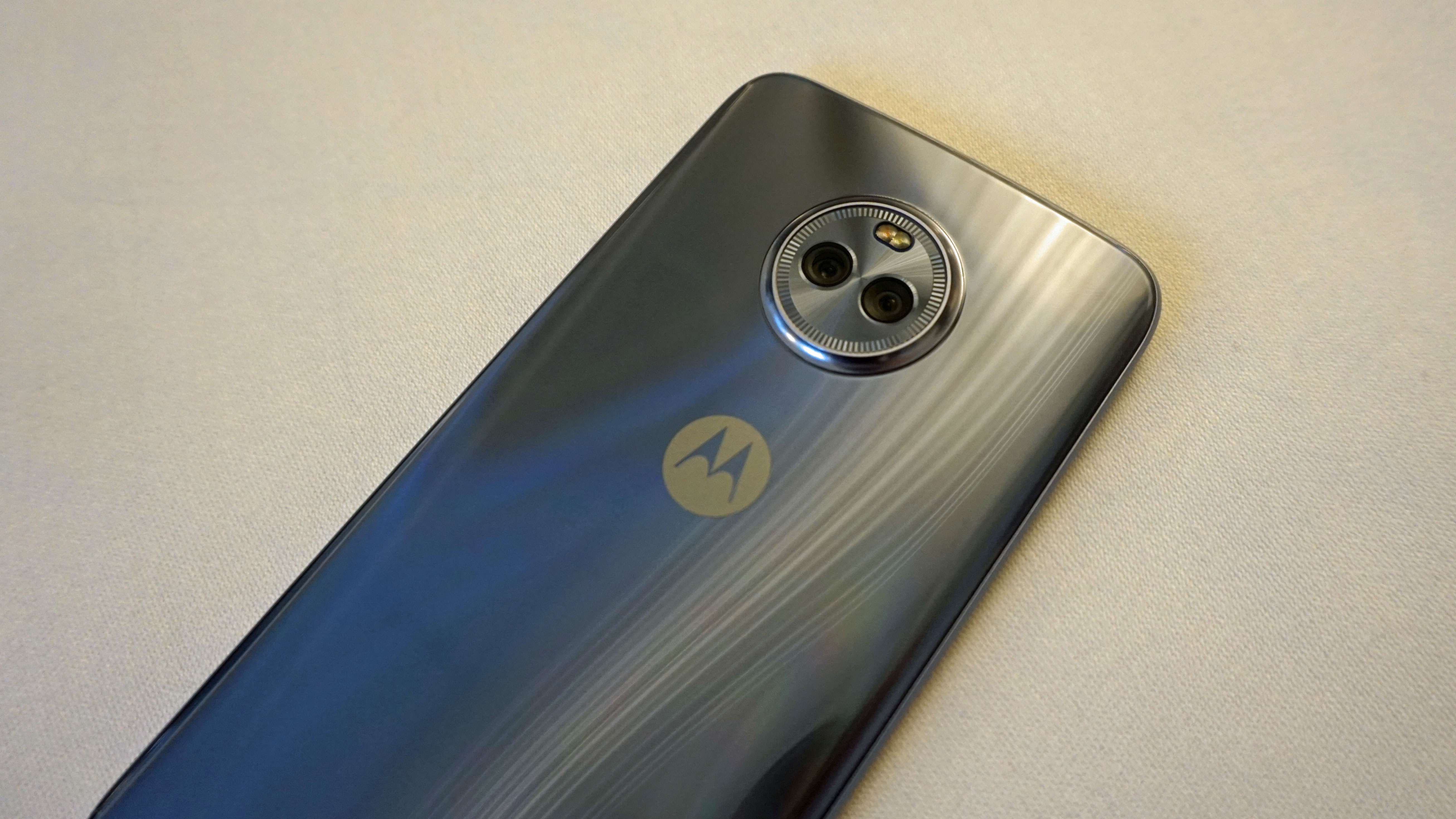
Motorola has managed to include a dual-lens camera in the X4. There's a 12MP lens working in tandem with an 8MP wide-angle lens.
The 12MP lens has dual autofocus pixels, which Motorola says will allow you to take great photos, while there's also an 8MP lens on the rear that you can use for your wide-angle shots.
The software also includes a few upgrades, like landmark recognition that should be able to pick up if you're pointing your phone at Big Ben or the Eiffel Tower and give you more details about your location.
There's also a scanning mode that means you can take photos of barcodes or business cards and be able to sort through them easily within the camera app.
On the front of the phone there's a whopping 16MP selfie shooter, which should give you some great front-facing camera shots. Perhaps the most interesting feature on the front-camera is a panoramic selfie mode that means you can take in all of your mates on a night out or take self indulgent photos around great landmarks.
There's a 3,000mAh cell in the phone that the company claims will offer all-day life. There's also TurboPower fast charging which should be able to supply six hours of juice in only 15 minutes of charging.
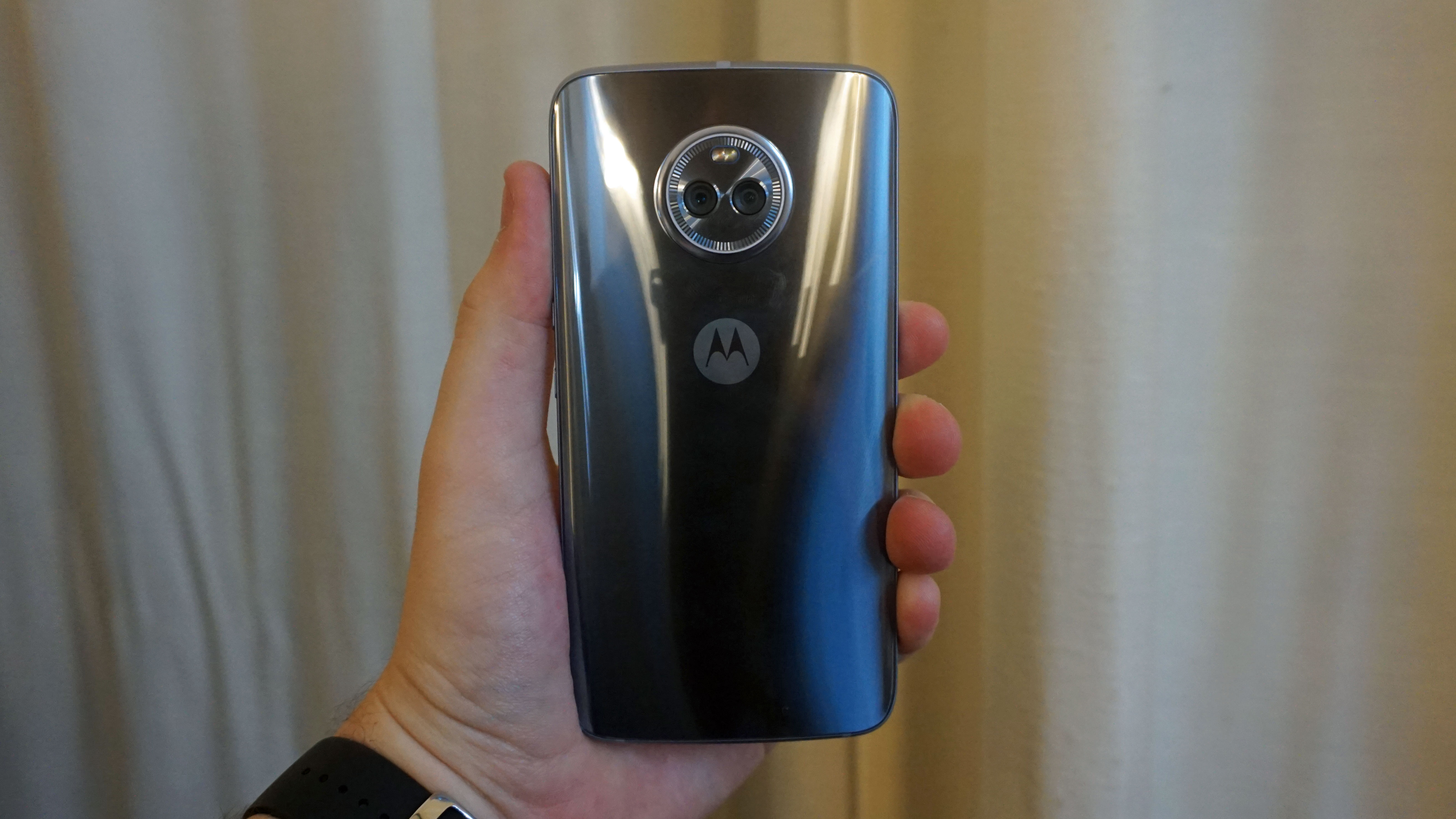
Android 7 software will be running on the Moto X4 at launch and we can safely assume the company will be aiming to update it to the newly launched Android Oreo as soon as possible.
Motorola's own extras will be included in the software so you can do a karate chop motion with your phone to turn the camera on, but apart from that it looks mostly like Google intended.
It's running the mid-range Qualcomm Snapdragon 630 chipset, which should deliver similar performance to the impressive Snapdragon 626 that was included in the Moto Z2 Play.
We know Motorola will be including a 4GB of RAM version of the phone, but the press conference suggested there will also be a 3GB option in the works as well if you're looking for a cheaper alternative.
There are both 32GB and 64GB options of the phone available, but right now we don't know if there will be microSD support and if there is, what storage sizes it will support.
The phone will also be able to support Amazon's Alexa voice assistant for those in the US and UK, and Motorola says you'll be able to use it at the same time as Google Assistant.
You'll likely just have to be very clear what voice assistant you're trying to talk to if you want to use Alexa specifically.
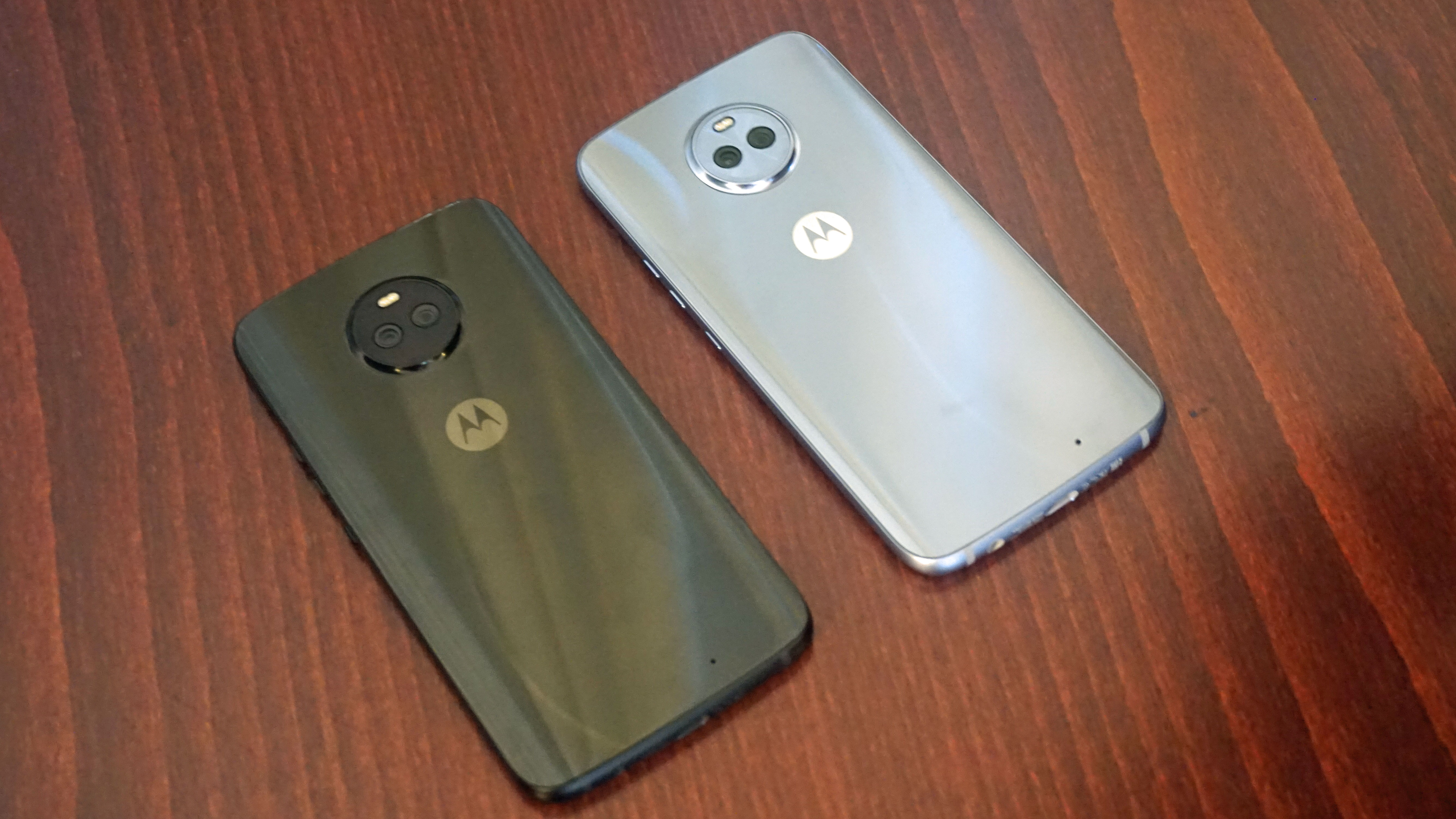
We don't know exact prices for the US, UK or Australia yet, but we do know the phone is set to cost €399 (about $475, £370, AU$600) for the 32GB option.
If you want 64GB of storage it'll cost €439 (about $520, £410, AU$660). Those translated prices will likely be around the right area, but it may cost a little bit more or less when official pricing is announced.
Be sure to read our hands on review of the Moto X4 too.
It'll take a while yet before we have 2TB microSD cards to really push storage potentials on smartphones, but in the meantime, how about 400GB?
The post SanDisk releases 400GB microSD card for $249.99 appeared first on Pocketnow.
Mark your iCalendars: the iPhone 8 launch date has finally been announced by Apple, and it's September 12.
Well, there isn't a specific mention of the new phone in the invite, but if you ever wanted a sure bet in your life then Tim Cook holding a new phone on the stage in a couple of weeks' time is as good as it gets.
The event is scheduled for 10am PT / 1pm ET / 6pm BST / 3am Wednesday September 13 AEST.
Of note, the iPhone 8 launch is taking place inside the Steve Jobs Theater, located at Apple's new 'spaceship' campus in Cupertino, California. This will be the first-ever event held at the theater and new campus.
The invite says 'Let's meet at our place', and features a simple multi-colored Apple logo.
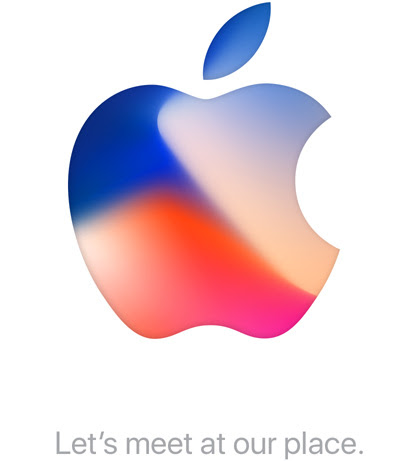
Alongside the new bezel-less iPhone 8, we're expecting a pair of more rudimentary new iPhones, in the shape of the iPhone 7S and iPhone 7S Plus, as well as a new Apple Watch 3 (complete with LTE connectivity).
Rumors are also tipping the 4K Apple TV to make an appearance, so it's going to be a jam-packed event.
When we'll actually see the new devices on shop shelves is less certain though, with the iPhone 8 tipped to appear a week or two after the iPhone 7S duo.
But for now, get ready for the press conference and the inevitable slew of Apple products that we'll be talking about for the next 12 months.
Eyebrows were raised when TCL – the firm licensing the BlackBerry name for smartphones – launched the BlackBerry KeyOne at the start of 2017.
It boasts a physical keyboard in a world where mobile devices have almost universally moved to full touchscreen offerings, but the firm believes it’s a form factor that’s here to stay.
TechRadar sat down with Francois Mahieu, BlackBerry's Global Head of Sales at IFA 2017 to talk about the firm’s latest phone, the KeyOne Black Edition, as well as what’s in store for the BlackBerry phone brand going forward.
“The [physical keyboard] form factor is here to stay” Mahieu told us. “I don’t know what [the next phone] will be called, or what specs it’ll have, but the form factor is here to stay for a very, very long time.”
That means we can expect another physical keyboard-toting device bearing the BlackBerry name in the near future, although Mahieu wouldn't be drawn on what else the handset may offer.
What it won’t be though, is a budget BlackBerry phone.
"Adding a keyboard to a phone adds cost to the phone” Mahieu explains.
“There’s a moment in time where you have to think, what am I trying to do here? Am I trying to make a cheap BlackBerry, or am I actually trying to say BlackBerry is here with a certain mindset and DNA.
"We don’t thing we’re expensive, we don’t think we’re cheap... We are in a sweet spot in the market that in a way screams value already, what we call premium smart value. We are not in the mindset of building of a cheap BlackBerry."
Whether or not you agree that the BlackBerry KeyOne, at £499, screams premium value is up to you, and there are fair arguments to say it doesn’t – but BlackBerry remains buoyant about its chances.
In fact, the KeyOne has performed better than the firm was expecting, which has given it encouragement to continue on its way of offering secure productivity devices.
Will physical keyboards on smartphones return to the mainstream? No, not really, but there’s clearly a market who’s enjoying the current offering from BlackBerry and it’ll be interesting to see what comes next.
It will be the first product launch event at Apple's new Cupertino headquarters with three new iPhones, a new Apple Watch and an Apple TV box expected.
The post Apple event now set for September 12 at Steve Jobs Theater appeared first on Pocketnow.
British smartphone manufacturer Wileyfox confirmed at IFA 2017 in Berlin that it will bring Amazon’s Alexa smart assistant to a range of its smartphones by the end of September.
Alexa will arrive on the Wileyfox Swift 2, Swift 2 Plus and Swift 2 X via a free over-the-air software update, which will give users the choice between using Google’s Assistant and Amazon’s offering.
You’ll be able to choice which assistant is your default by diving into the settings of the phone, and like Google, you’ll be able to wake your Wileyfox by saying the command word “Alexa”.
It’s another positive step forward for Amazon’s popular smart AI. It’s already appeared on the Huawei Mate 9 in the US, and more widely on the HTC U11, but this is the first time it’s hit low-end handsets.
For fans of Alexa, it means we could be seeing more manufacturers partner with Amazon to offer the assistant on their devices in the coming 12 months.
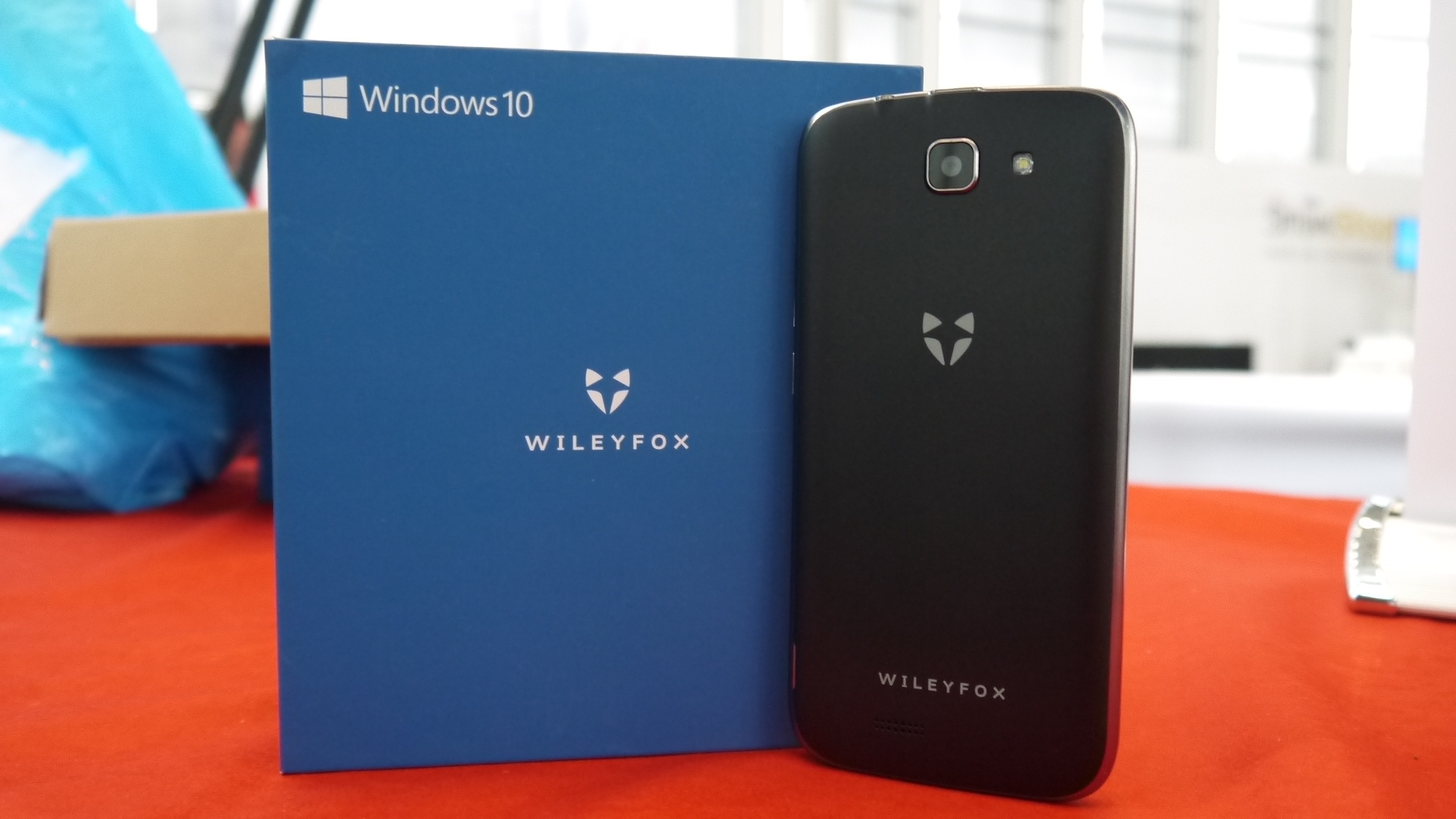
Wileyfox’s second IFA announcement was something a little bit different for the firm, as it takes its first steps into the enterprise market with the launch of the Wileyfox Pro.
This business-focused handset won’t be available to regular consumers, with enterprise and small business users able to pick it up for £199.
In return you’ll get a 5-inch full HD display, Snapdragon 210 chipset, 2GB of RAM, 2,100mAh battery, 8MP rear camera and 2MP front facing camera – not exactly a stellar line up of specs, but the Wileyfox Pro is intended soley for work use rather than gaming or Netflix.
We managed to get hands on with a dummy unit at IFA, and while the plastic construction is obvious, it feels solid and sits reasonably well in the hand.
Wileyfox says the Pro will go on sale during Q4 in the UK, and will then roll out to other markets in Europe.
Whether the low price will encourage businesses dependent on the Microsoft platform to get on board with the handset remains to be seen, but it’s good to see Windows 10 arriving on more affordable devices.
The neck-mounted Bluetooth earphones, introduced at IFA 2017, are also splash-proof, too. And they're reasonably priced at just below $80/€80.
The post Jabra Elite 25e boasts up to 18 hours of runtime appeared first on Pocketnow.